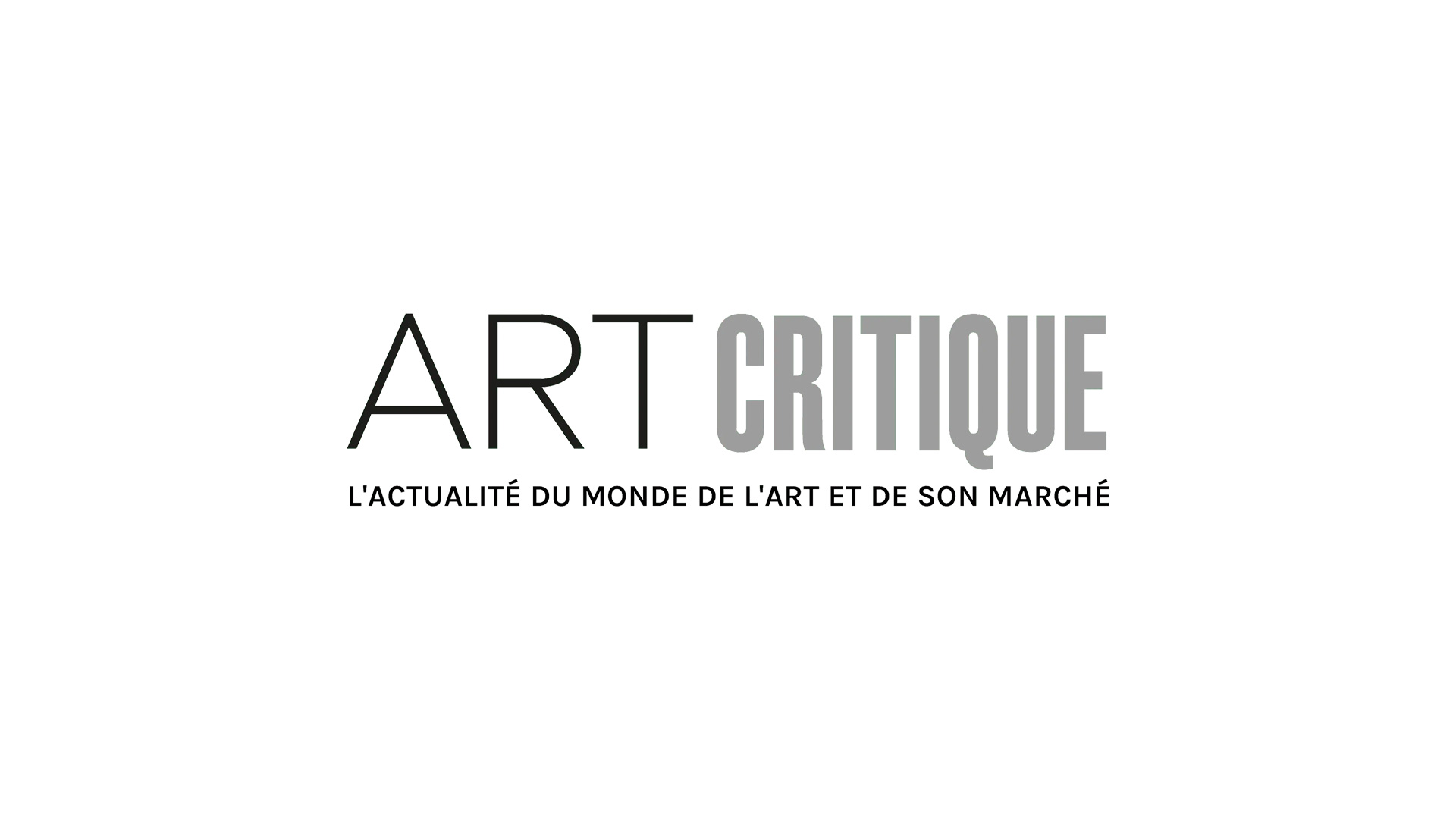14 large-scale bronze sculptures make up The Miraculous Journey (2005-2013) by Damien Hirst. The installation, standing just outside a Qatar hospital, has recently been unveiled – again. Each of the sculptures depict different stages of pregnancy from conception to birth including an egg fertilized by sperm, a twin pregnancy, and a breech birth. Collectively, the sculptures weigh in 216 tons while the largest of the sculptures is a 14-metre tall new-born baby.
To catch you up
The open-air works were specifically commissioned by Sheikha Al Mayassa bint Hamad bin Khalifa Al-Thani, chairwoman of the Qatar Museums Authority, and are estimated to have cost at least $20 million. The Miraculous Journey, which made its first debut in 2013, is located outside the Sidra Medical and Research Center in Doha, Qatar. The $8 billion hospital is the first in the region to be solely focused on women and children’s health.

Mimicking the theme of firsts, Hirst told Doha News that, ‘culturally, it’s the first naked sculpture in the Middle East.’ Though this may or may not be true, Hirst correctly acknowledged the controversy that would follow the unveiling of the installation. ‘I suppose the cultural differences are a bit difficult,’ Hirst continued. ‘You know in England, there wouldn’t be a problem with a naked baby, you see the embryo and the egg and sperm.’ However, Qatar and England are very different places and the sculptures were met with an unenthused reception. Shortly after the sculptures made their debut from behind large balloons, they were covered back up. Though the official reason for this was to protect them as construction continued on the Sidra Center building, it followed outcry on social media.
At the time, Al-Thani defended the sculptures stating, ‘[t]o have something like this is less daring than having a lot of nudity. There is a verse in the Koran about the miracle of birth. It is not against our culture or our religion.’ Nevertheless, the sculptures were effectively censored until recent weeks.
Debut number two
The second unveiling of The Miraculous Journey accompanies the opening of a modern art collection in Doha. Hirst’s installation acts as the collection’s centerpiece. The Qatar Foundation, which is supported by the government, owns most of the artworks on display around the capital. Layla Ibrahim Bacha, an art specialist with the Qatar Foundation, said of the sculptures upon their second unveiling:

‘We are not expecting everyone to like them. We are not expecting everyone to understand them. This is why they are there to actually create this element of debate, this element of thinking. We believe it reflects very much the mission of Sidra, taking care of the healthcare of woman and babies […] I think it’s perfect for the location, as you can see a lot of people are taking pictures, I think it’s becoming iconic.’
In addition to Hirst’s controversial sculptures, there are 65 works that will adorn the grounds of the Sidra health facility. Works by Qatari and international artists alike, including Tracey Emin, a British contemporary of Hirst, and Syrian artist Jaber al-Azmeh are found in the collection. The opening of the collection is part of a bold Qatari plan to rebrand itself as a more contemporary region in comparison to its conservative neighbors.





